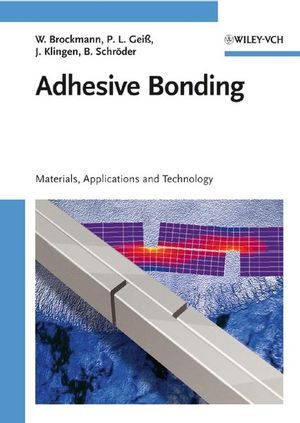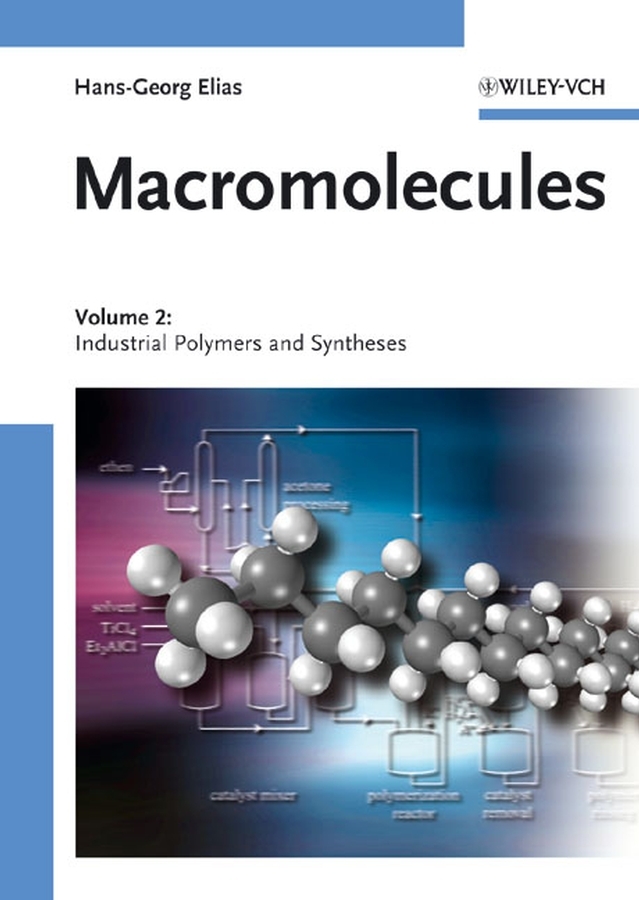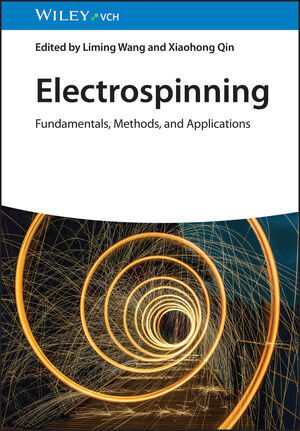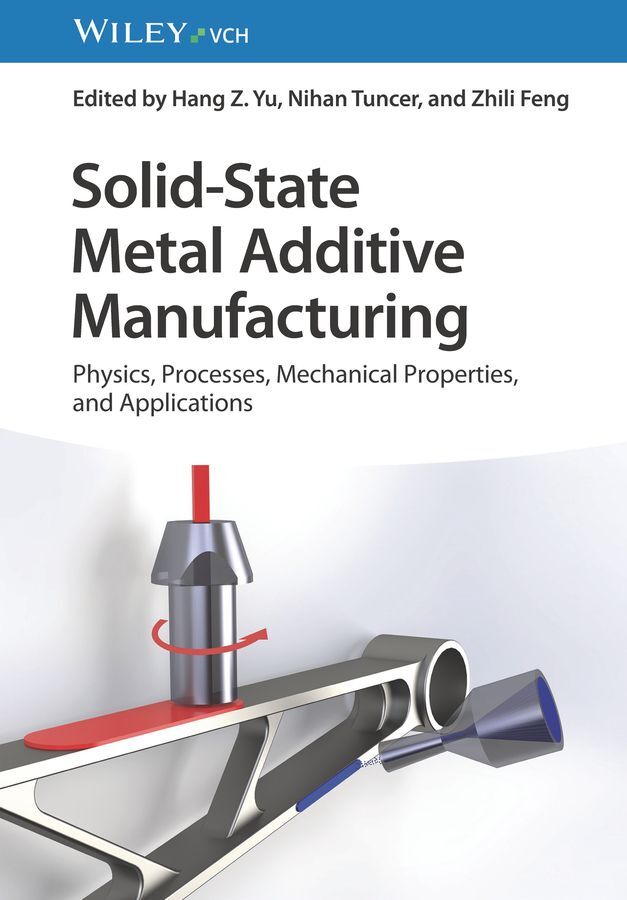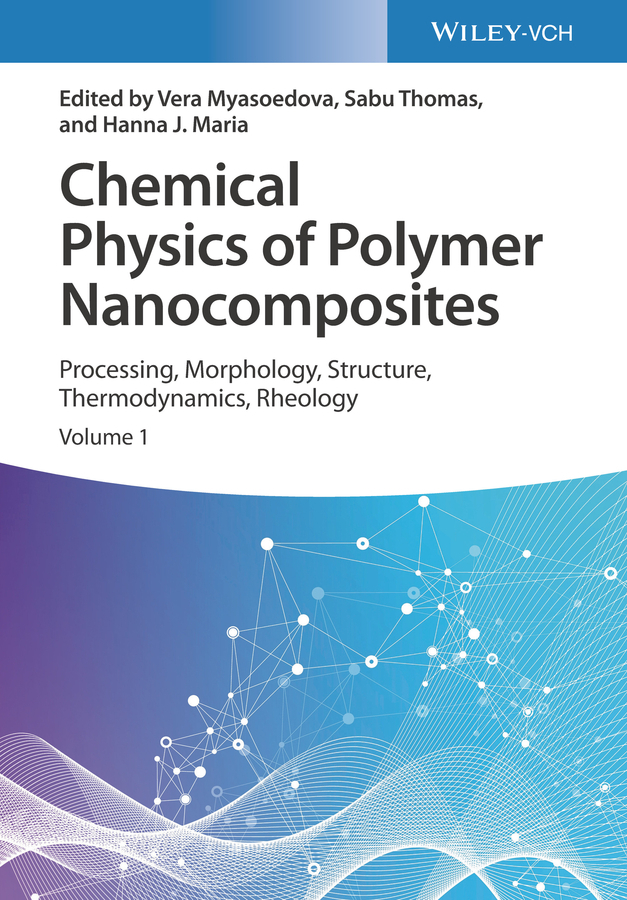A step-by-step introduction to basic principles and practical applications of adhesive bonding, designed for students and professionals alike
Adhesive bonding - the process of joining two surfaces using glues, epoxies, plastic agents, and other adhesives - is a major technique with wide applications in industries as a diverse as aerospace, footwear manufacturing, and food packaging. Adhesive bonding holds several advantages over conventional joining techniques, such as uniform stress concentrations, protection of the bonded surfaces or joints, and the ability to join a variety of different materials and irregular surfaces.
Introduction to Adhesive Bonding provides an accessible overview of the principles and common applications of adhesive bonding. Using a systematic approach, the authors thoroughly explain each step necessary to achieve a successful adhesive bond, including surface preparation, bonding agent selection, design and construction of bonded joints, health and safety considerations, and quality control. Readers are provided with both the theoretical foundation and practical information required to plan and complete their own adhesive bonding projects. This comprehensive yet reader-friendly volume:
* Highlights the inherent advantages of adhesive bonding in various applications
* Describes the use of adhesive bonding in the development of novel and advanced projects in different industries
* Features numerous real-world examples of adhesive bonding in areas such as the transportation industry, civil engineering, medical applications, and sports equipment
* Discusses how adhesives enable development of new products and constructions of reduced weight and size
* Identifies important limitations and durability concerns of the use of adhesives in specific applications
Introduction to Adhesive Bonding is an ideal textbook for undergraduate or graduate Engineering and Chemistry programs, and a useful reference for researchers and industry professionals working in fields such as Engineering, Surface and Polymer Chemistry, and Materials Science.
Chapter 1 - BENEFITS, LIMITATIONS AND APPLICATIONS OF ADHESIVE BONDING
Adhesive bonding - the process of joining two surfaces using glues, epoxies, plastic agents, and other adhesives - is a major technique with wide applications in industries as a diverse as aerospace, footwear manufacturing, and food packaging. Adhesive bonding holds several advantages over conventional joining techniques, such as uniform stress concentrations, protection of the bonded surfaces or joints, and the ability to join a variety of different materials and irregular surfaces.
Introduction to Adhesive Bonding provides an accessible overview of the principles and common applications of adhesive bonding. Using a systematic approach, the authors thoroughly explain each step necessary to achieve a successful adhesive bond, including surface preparation, bonding agent selection, design and construction of bonded joints, health and safety considerations, and quality control. Readers are provided with both the theoretical foundation and practical information required to plan and complete their own adhesive bonding projects. This comprehensive yet reader-friendly volume:
* Highlights the inherent advantages of adhesive bonding in various applications
* Describes the use of adhesive bonding in the development of novel and advanced projects in different industries
* Features numerous real-world examples of adhesive bonding in areas such as the transportation industry, civil engineering, medical applications, and sports equipment
* Discusses how adhesives enable development of new products and constructions of reduced weight and size
* Identifies important limitations and durability concerns of the use of adhesives in specific applications
Introduction to Adhesive Bonding is an ideal textbook for undergraduate or graduate Engineering and Chemistry programs, and a useful reference for researchers and industry professionals working in fields such as Engineering, Surface and Polymer Chemistry, and Materials Science.
Chapter 1 - BENEFITS, LIMITATIONS AND APPLICATIONS OF ADHESIVE BONDING
1.1 - Definition of basic concepts
1.2 - Historical context on adhesive bonding
1.3 - Benefits and limitations of adhesive bonding
1.4 - Examples of current applications of adhesive bonding
1.4.1 - Transportation
1.4.1.1 - Aeronautical industry
1.4.1.2 - Road transport and rail industry
1.4.1.3 - Naval industry
1.4.2 - Civil engineering
1.4.2.1 - Tiling
1.4.2.2 - Floor covering
1.4.2.3 - Anchoring systems
1.4.2.4 - Building facades
1.4.2.5 - Wooden construction
1.4.3 - Labelling and packaging industry
1.4.3.1 - Labelling of consumable products
1.4.3.2 - Packaging
1.4.4 - Medical applications and devices
1.4.5 - Electronic devices
1.4.6 - Sport equipment
1.4.7 - Footwear
Chapter 2 - PRINCIPLES OF ADHESION
2.1 - Forces associated with adhesion
2.2 - Surface roughness
2.3 - Wettability
2.4 - Adhesion and cohesion work
2.5 - Spreading
2.6 - Adhesion theories
2.6.1 - Adsorption theory
2.6.2 - Mechanical theory
2.6.3 - Diffusion theory
2.6.4 - Electrostatic theory
2.7 - Defects and weak spots in adhesive joints
Chapter 3 - SURFACE PREPARATION
3.1 - Objectives of surface preparation
3.2 - Classes of substrate materials
3.2.1 - Metals
3.2.2 - Polymers
3.2.3 - Composites
3.2.4 - Other materials
3.3 - Surface preparation processes
3.3.1 - Passive processes
3.3.2 - Active processes
3.3.3 - Primers and adhesion promoters
3.4 - Conservation of the post-treatment surface
Chapter 4 - MAIN FAMILIES OF ADHESIVES AND ADHESIVE SELECTION
4.1 - Typical composition of a modern adhesive
4.2- Methods for adhesive classification
4.2.1 - Molecular structure
4.2.2 - Physical form
4.2.3 - Mechanical properties
4.2.4 - Hardening and implementation method
4.2.5 - Chemical composition
4.3 - Main structural adhesives
4.3.1 - Epoxy adhesives
4.3.2 - Polyurethane adhesives
4.3.3 - Acrylic adhesives
4.3.4 - Phenolic adhesives
4.3.5 - Aromatic adhesives
4.4 - Main non-structural adhesives
4.4.1 - Elastomeric adhesives
4.4.2 - Polyester adhesives
4.4.3 - Hotmelt adhesives
4.4.4 - Inorganic adhesives
4.5 - How to select an adhesive
4.5.1 - Case study: adhesive selection for the automotive industry
4.6 - How to test and characterize an adhesive
4.6.1 - Mechanical testing
4.7 - Mechanical properties of adhesives
Chapter 5 - MANUFACTURE
5.1 - Adhesive storage
5.1.1 - Storage time
5.1.2 - Humidity
5.1.3 - Temperature
5.1.4 - Light and UV radiation
5.2 - Adhesive metering and mixing
5.2.1 - Adhesive metering
5.2.2 - Adhesive mixing
5.3 - Adhesive forms and application
5.3.1 - Liquid adhesives
5.3.2 - Paste adhesives
5.3.3 - Film adhesives
5.3.4 -Tapes
5.4 - Joint assembly and fixturing
5.4.1 - Moulds and fixtures
5.4.2 - Adhesive thickness control
5.4.3 - Joint assembly
5.5 - Adhesive hardening
5.5.1 - Heat curing processes
5.5.2 - Evaporation based processes
5.6 - Finishing steps
Chapter 6 - QUALITY CONTROL
6.1 - Quality control of the incoming materials
6.1.1 - Control of adhesive quality
6.1.2 - Control of adherend quality
6.2 - Quality control of the manufacturing process
6.3 - Quality control on bonded structures
6.3.1 - Types of defects present in bonded joints
6.3.2 - Destructive tests
6.3.3 - Non-destructive tests
Chapter 7 - ENVIRONMENT, HEALTH AND SAFETY
7.1 - Toxicity of adhesives: are adhesives really toxic?
7.2 - General precautions for handling adhesives
7.2.1 - Pictograms
7.2.2 - Training for handling adhesives
7.3 - Hazardous characteristics of the most common adhesives
7.3.1 -Structural adhesives
7.3.2 - Non
da Silva, Lucas Filipe Martins
Queiros Ferreira Barbosa, Ana Sofia Oliveira
de Sousa Marques, Eduardo A.
Camilo Carbas, Ricardo Joao
Ahkavan-Safar, Alireza
| ISBN | 9783527348695 |
|---|---|
| Artikelnummer | 9783527348695 |
| Medientyp | Buch |
| Auflage | 1. Auflage |
| Copyrightjahr | 2021 |
| Verlag | Wiley-VCH |
| Umfang | 272 Seiten |
| Abbildungen | 150 SW-Abb. |
| Sprache | Englisch |


